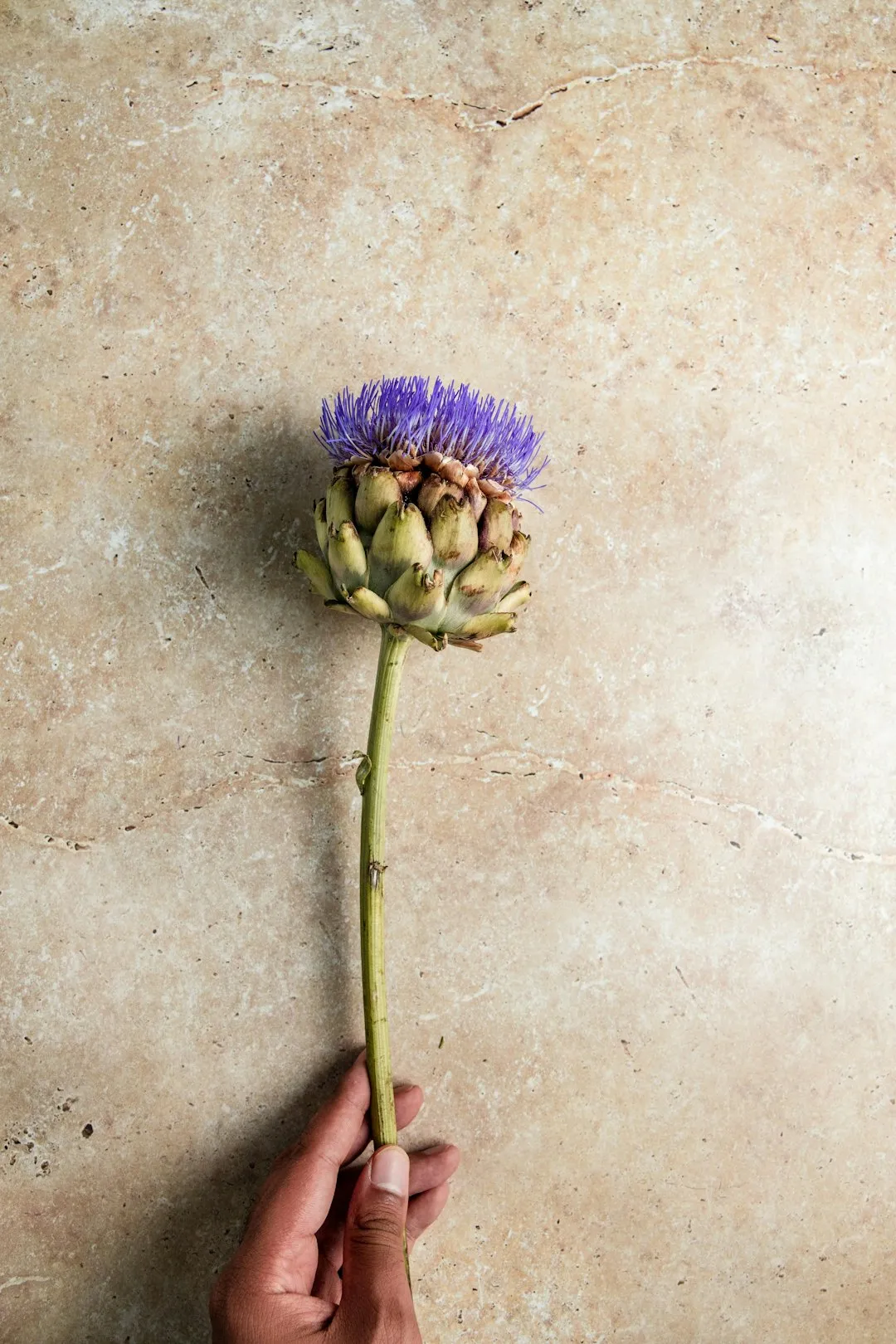The Secret to a Thriving Christmas Cactus for Years

Christmas cacti are a delightful addition to any home during the holiday season and beyond. These low - maintenance plants can bring a splash of color and a touch of nature indoors. With the right care tips, you can ensure that your Christmas cactus remains healthy and blooms beautifully for years to come.
First and foremost, let's talk about lighting. Christmas cacti thrive in bright, indirect light. Direct sunlight can be too harsh and may scorch the leaves. A north - or east - facing window is an ideal location. During the summer months, you can move your cactus outdoors to a shaded patio or porch, but make sure to bring it back inside before the temperatures drop below 50°F (10°C). This change in environment can actually stimulate better blooming.
Watering is another crucial aspect of Christmas cactus care. These plants prefer to be kept evenly moist, but not waterlogged. Overwatering can lead to root rot, which is a common problem for many houseplants. A good rule of thumb is to water your cactus when the top inch of the soil feels dry to the touch. Use room - temperature water to avoid shocking the plant. In the winter, when the plant is in its blooming phase, you may need to water it a bit more frequently, but still be careful not to overdo it.
Humidity also plays an important role in the health of your Christmas cactus. These plants are native to the tropical rainforests of Brazil, so they are accustomed to a humid environment. You can increase the humidity around your cactus by placing a tray of water near it or by using a humidifier. Misting the plant occasionally can also help, but make sure not to mist it too close to blooming time, as this can cause the buds to drop off.
Fertilizing your Christmas cactus is essential for its growth and blooming. During the growing season, which typically runs from spring to early fall, you can use a balanced, water - soluble fertilizer every two to four weeks. Dilute the fertilizer to half the recommended strength to avoid over - fertilizing. As the plant enters its dormant phase in the fall, stop fertilizing. This allows the plant to rest and prepare for blooming in the winter.
Pruning your Christmas cactus can help keep it looking its best and encourage new growth. You can prune your cactus after it has finished blooming. Use clean, sharp scissors or pruning shears to remove any dead or damaged segments. You can also pinch back the tips of the plant to promote bushier growth. The segments you prune can be used to propagate new plants. Simply let the cuttings dry for a few days and then plant them in a well - draining potting mix.
When it comes to potting and repotting, Christmas cacti prefer a well - draining potting mix. A mix of peat moss, perlite, and sand works well. Repot your cactus every two to three years, preferably in the spring. Choose a pot that is only slightly larger than the current one, as these plants do well when they are a bit root - bound. Make sure the pot has drainage holes to prevent water from sitting in the bottom.
To encourage blooming, your Christmas cactus needs a period of darkness and cool temperatures. Starting in late fall, give your cactus 12 - 14 hours of darkness each day for about six weeks. Keep the temperature between 50 - 55°F (10 - 13°C). This mimics the natural conditions that trigger blooming. Once the buds start to form, you can move the plant to a warmer location with normal lighting conditions.
In conclusion, taking care of a Christmas cactus is not overly complicated. By providing the right amount of light, water, humidity, fertilizer, and following the proper pruning and blooming techniques, you can enjoy the beauty of this low - maintenance plant for many years. Whether it's adding a pop of color to your holiday decor or brightening up your home throughout the year, a healthy Christmas cactus is a wonderful addition to any houseplant collection.